How To Adapt A Social Media Strategy To An Inconsistent Business Model
Ivan Ivanov posted on 20 February 2018
In the world of digital marketing, an agency is bound by two prime factors. The first is easy and simple to understand – it’s the creativity of its employees.
However, the second is directly related with the ability of the digital marketing agency to close a deal – understanding the business of a client.
As set forth in our previous blog posts related to the matter of getting new clients, the first step towards a successful operation is meeting the requirement of a business owner to increase their revenue.
Yet, to do that through social media or other digital means, an agency is often bound by the business model of said client. That begs the question of what to do when dealing with inconsistency within the very core structure of a company. Here’s what we have to say.
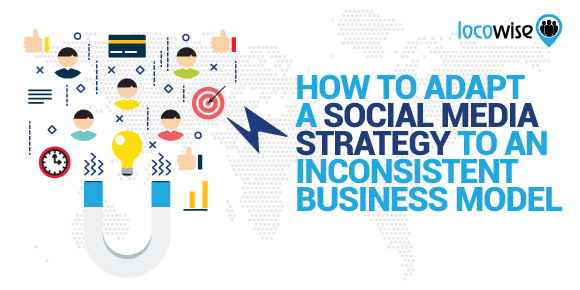
Understanding the Problem within a Business
Living in a world of startups, dealing with inconsistency within a business structure is often the case for digital marketers. An expert would often have to present a case for a better online strategy without being able to directly deal with responsible individuals.
This leads to a mashup of misunderstandings and on some rare occasions, a simple questionnaire procedure to develop a brand mission can lead to startup power-struggles that no third-party digital marketer should have to deal with.
But that’s not the only issue. At times, just getting the vector image of a logo for a business can be quite a difficult endeavor. Yet, instead of cutting ties with an existing client due to an outburst about their lack of professionalism, you can turn the other cheek.
Once you make a deal with a client, you are most probably bound by an agreement. Thus, you can instead view the endeavor as a challenge. Not every social media strategy for example requires a vector logo and if you have a design team, getting one from an existing file shouldn’t be that hard.
Plus, the leadership decisions of a business owner are not yours to question. As long as you are able to keep contact with a person that is able to make the decisions that are required for the digital marketing strategy, doing the job should be easy and simple.
The one real issue that can’t be overlooked is the lack of or the inconsistency within a business model. If one of your clients doesn’t have a clear purpose for how their business operates, your job of creating and going through with any online marketing move will be twice as difficult.
And if you don’t want to make the executive decision to break an agreement with a client, here are a few tips on how to adapt their social media strategy to best fit a business goal.
Know Your Bounds
When dealing with difficult situations, such as this one, some experts make the mistake of “trying to fix it all.” Being knowledgeable in business-related matters and seeing the issues within a company might incline you to share that information with your client. Nevertheless, before doing so, you should always consider whether or not this is the right move for you.
First and foremost, make sure to understand the boundaries that are set by the very definition of your title. You are a digital marketing expert, thus you have no place acting a business consultant to your client.
Second, consider the extent to which a client is able to take criticism. In case you don’t feel like the talk is going to go in a good direction, make sure to stick to your tried and true business of digital marketing and don’t get involved with issues that are beyond your control at any given time.
As long as your client is cooperative and provides you with the needed information and details that are related to making the digital marketing strategy work, you shouldn’t dip your toes in muddy waters.
Do the Job you are Required to Do!
Social media marketing is much like any other service. When the foundation is shaking, you can’t expect to have a stable structure. Yet, with proper implementation, you should be able to build a flexible social networking floor that manages to achieve the best results, despite the unstable foundation.
To do so, the main focus of the campaigns you are about to set should be their adaptive nature. This would require you to juggle the strong and stable presence of the business on social media, with the shaky floor behind the scenes.
Working as a digital marketing agent for your client, your job is to drive up the impressions, engagement and brand reach, while providing with valuable insights that can only come from social media profiles. Thus, leave the closing and conversion to your client and focus on the job that you are required to do.

Review The Current Strategy and Set Goals
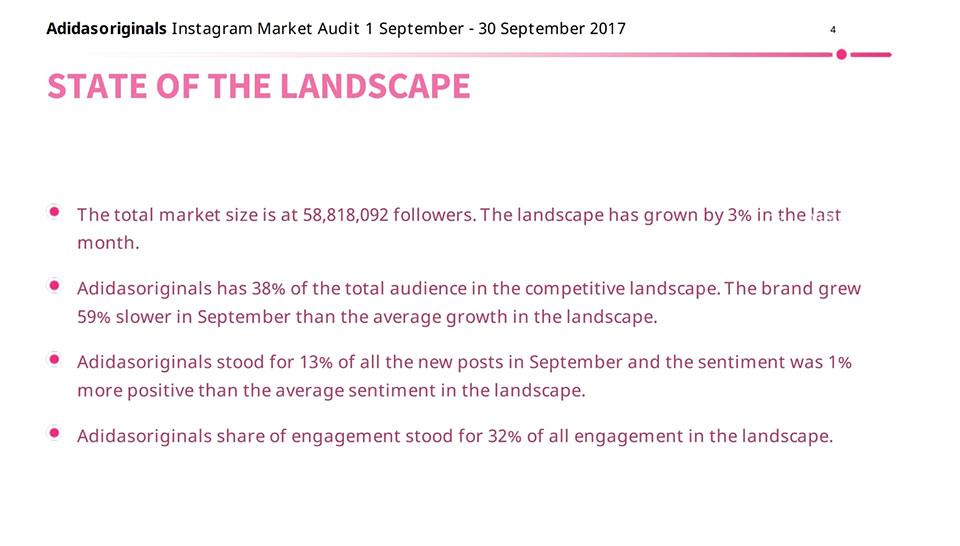
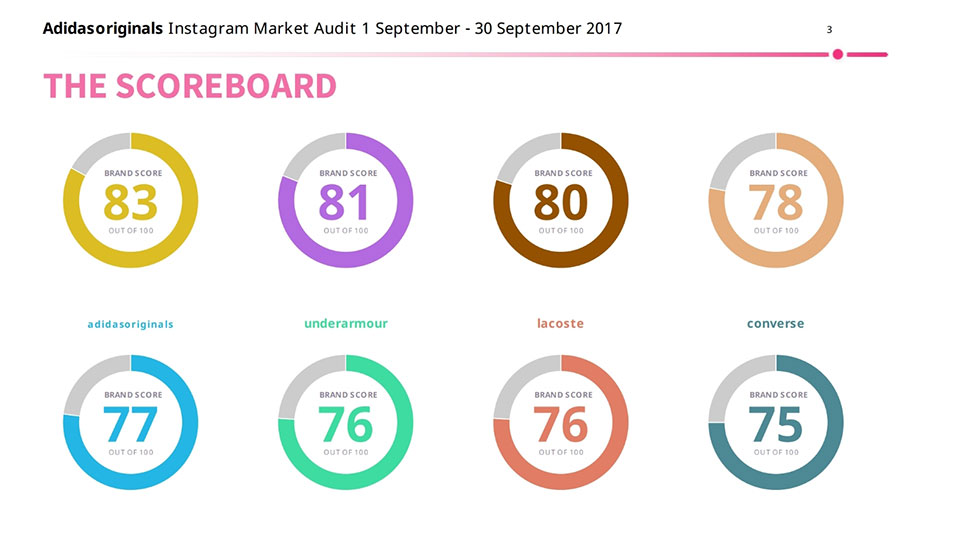
The number one priority on your list, regardless of the business model of your client, should be setting up the right marketing goals.
Start by checking the analytics and researching the industry that your client is in. This will give you a good starting ground to set your marketing goals and better understand the direction of the current social media strategy. Once you have an idea of the achievable goals you can set within a given period, contact your client for approval.
Build Upon Existing Ideas that Work
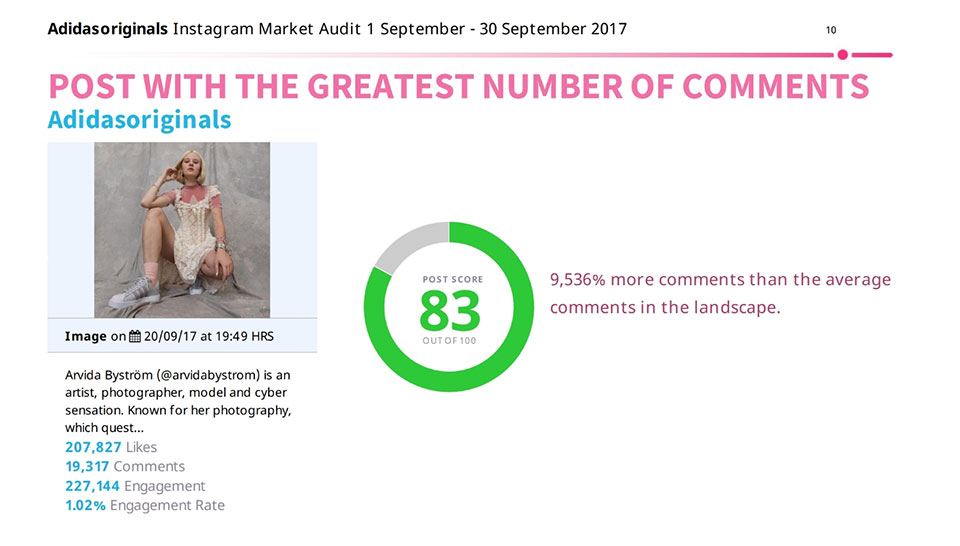
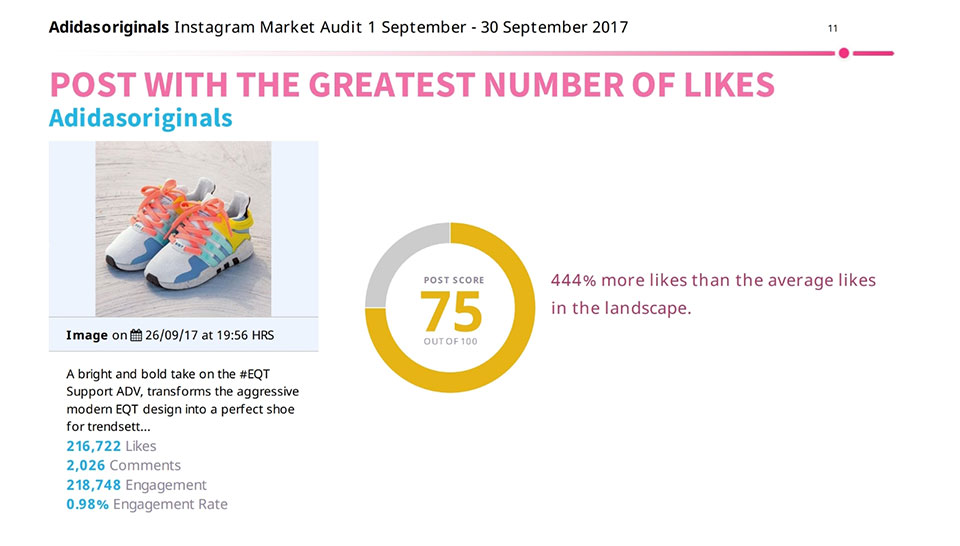
The business model of your client might be inconsistent, but that doesn’t mean you can’t get the best out of what’s already tried and true within the social media strategy of that business.
Pinpoint the posts with biggest engagement, ER and impressions. Make sure to also note of the best audience growth numbers and try to tie them in with the relevant posts.
Analyze the successes, but also take a note of the pitfalls of the existing strategy. This will give you a better idea of what works and what doesn’t and will let you set a correct course for the social media profiles of the business.
Experiment with New Ideas
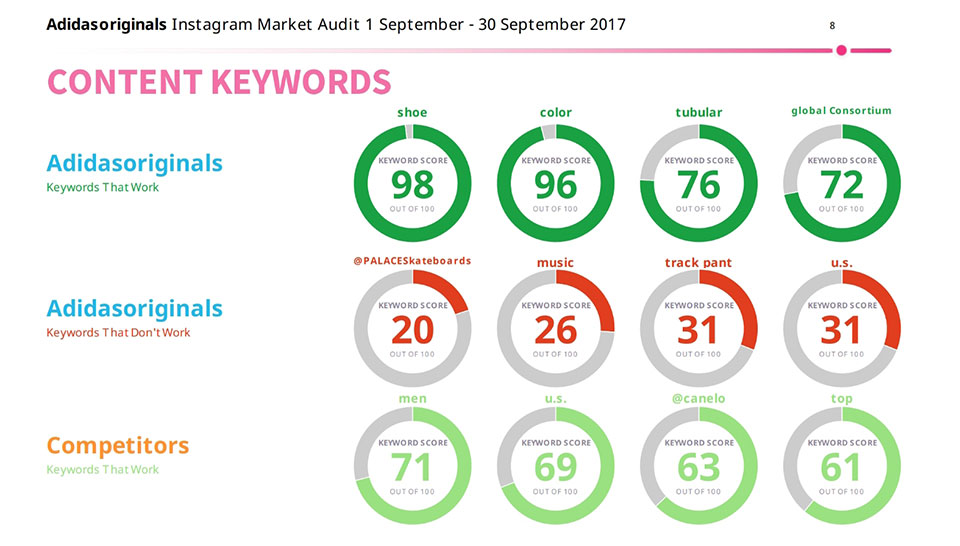

Given the fact that the brand image is probably not up to par, considering the lack of a proper business model, you won’t have that big of a ground to do social media experiments.
Nevertheless, that shouldn’t stop you from trying out new ideas. Make sure to tweak the strategy in a proper manner so that you are able to achieve positive growth numbers. When it comes to creative ideas, perform subtle implementation that is certain not to harm the brand in any possible way. You don’t want your client blaming their incompetence on your social media strategy.
Show the Numbers
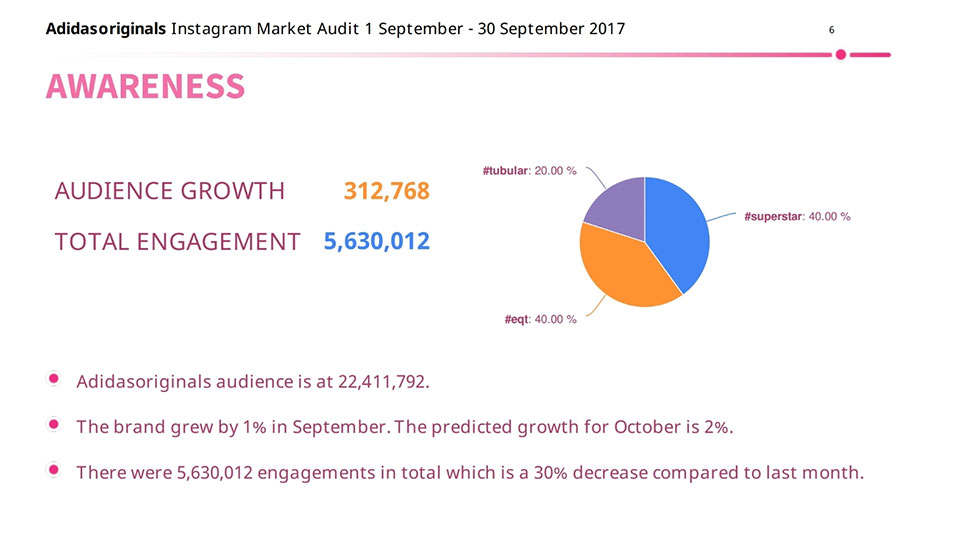
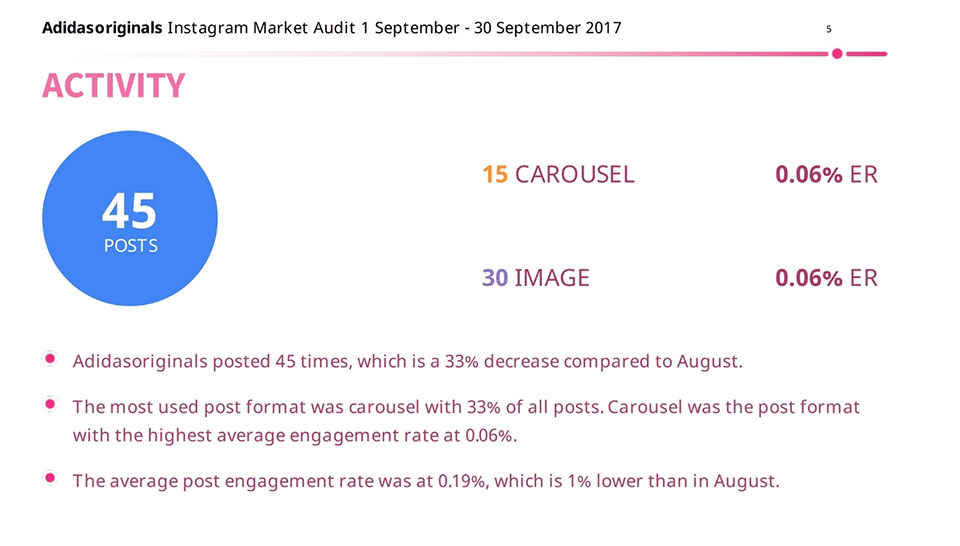
Once you are set with the content of the strategy, make sure to act with the utmost professionalism. Present the numbers from the analytics to your client in an easy-to-understand and consistent manner.
In case you’ve managed to receive insights about the customer response that might help out with your client’s business strategy, don’t exclude them from your reports. The issues within your client’s company are not your fault, as long as they are not coming from the digital marketing strategy you’ve created.
Adapt and Repeat
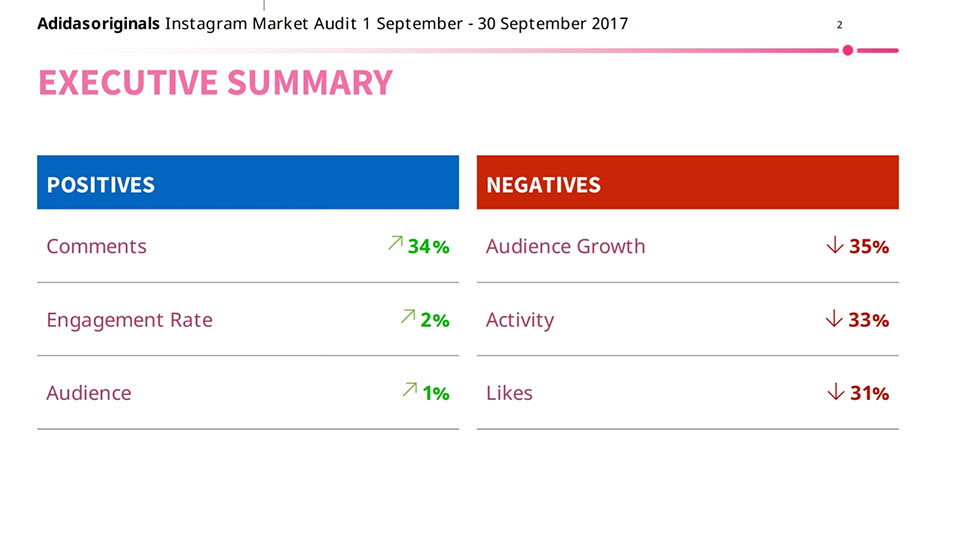

If you want to retain your client and are planning to work with them for longer periods of time, don’t forget the golden rule of any marketing campaign. Set time frames and clear review periods.
Compare the performance of each period with the former and adapt your content and your goals, based on the new data. After all, every digital marketing project should be taken care of with the same level of passion and respect for the business of a client, even if that business lacks a clear and consistent model.
Don’t Forget that You can Always Say “No” to a Client!
One of the biggest issues with most digital marketing service businesses is the notion of “never to deny a client service.” Yet, this might not always be the correct option.
An inappropriate client that doesn’t have a consistent business plan or brand image might end up harming your own business in the long run. This can come in many forms, one of which being the need of additional manpower and work-hours to satisfy the needs of creating a proper social media strategy.
Thus, remember that you can always say “no” to a client and rather than focusing on how to fix their business, you can instead focus on delivering proper service to clients that are truly worth your time.
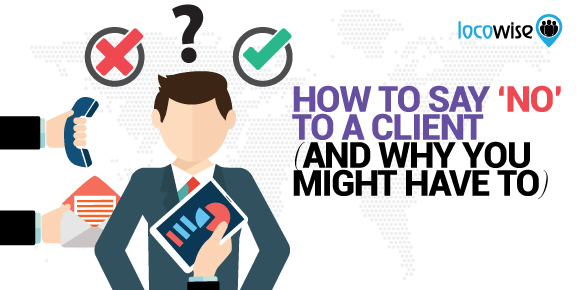
And don’t forget to sign up for a 7-day free trial of Locowise, so that you are able to easily keep track of all the needed analytics to save you time on dealing with each individual client!








